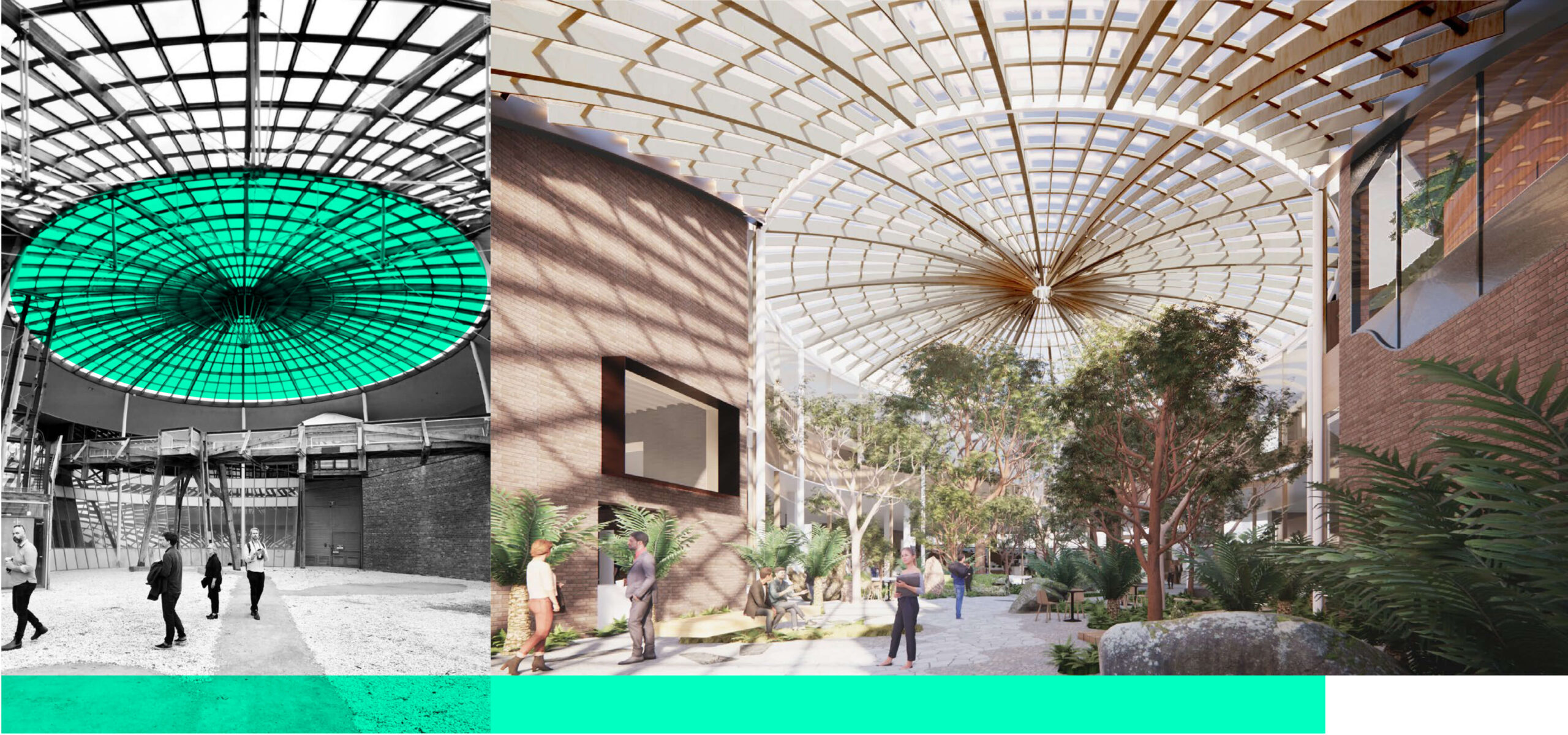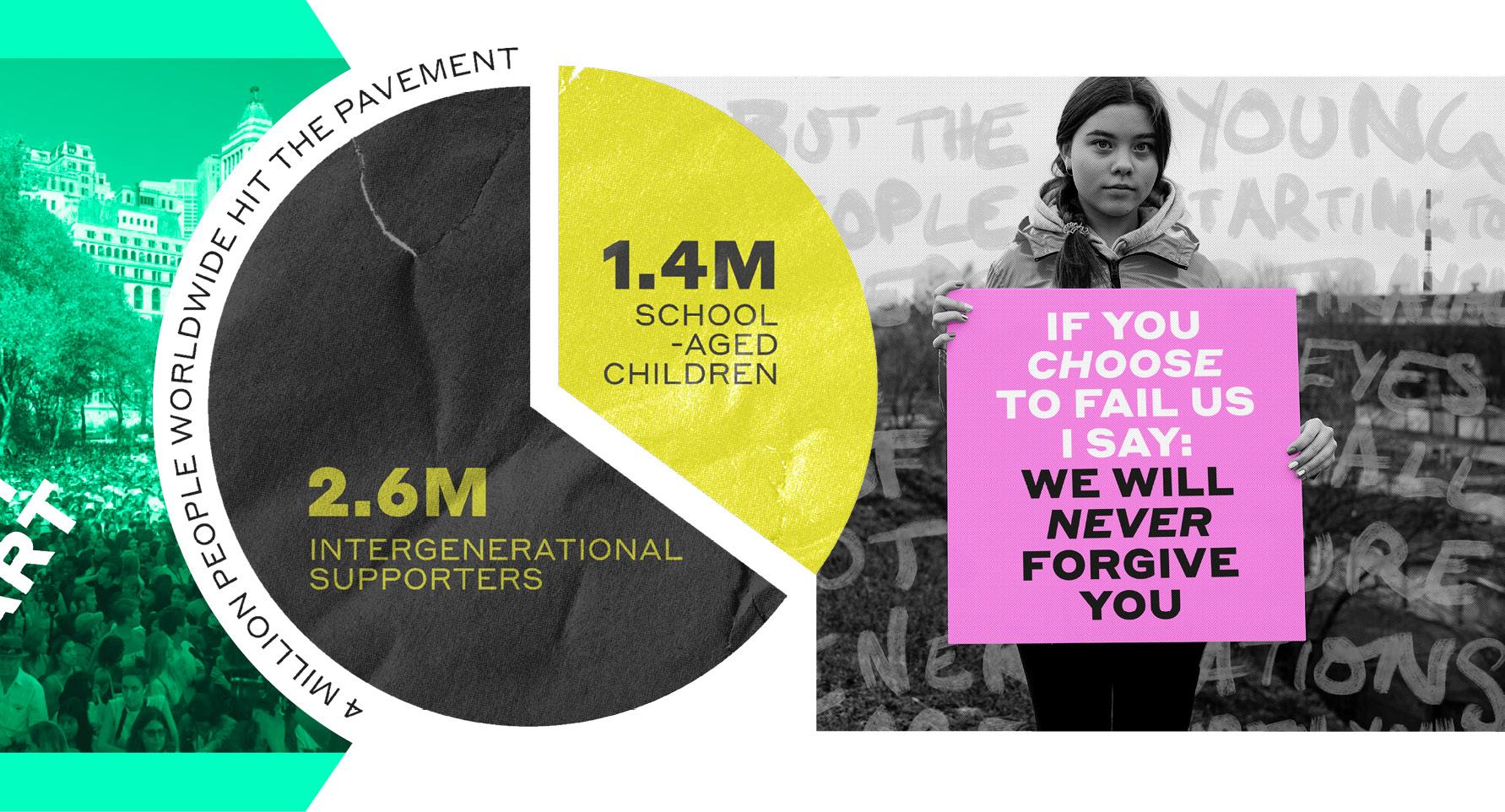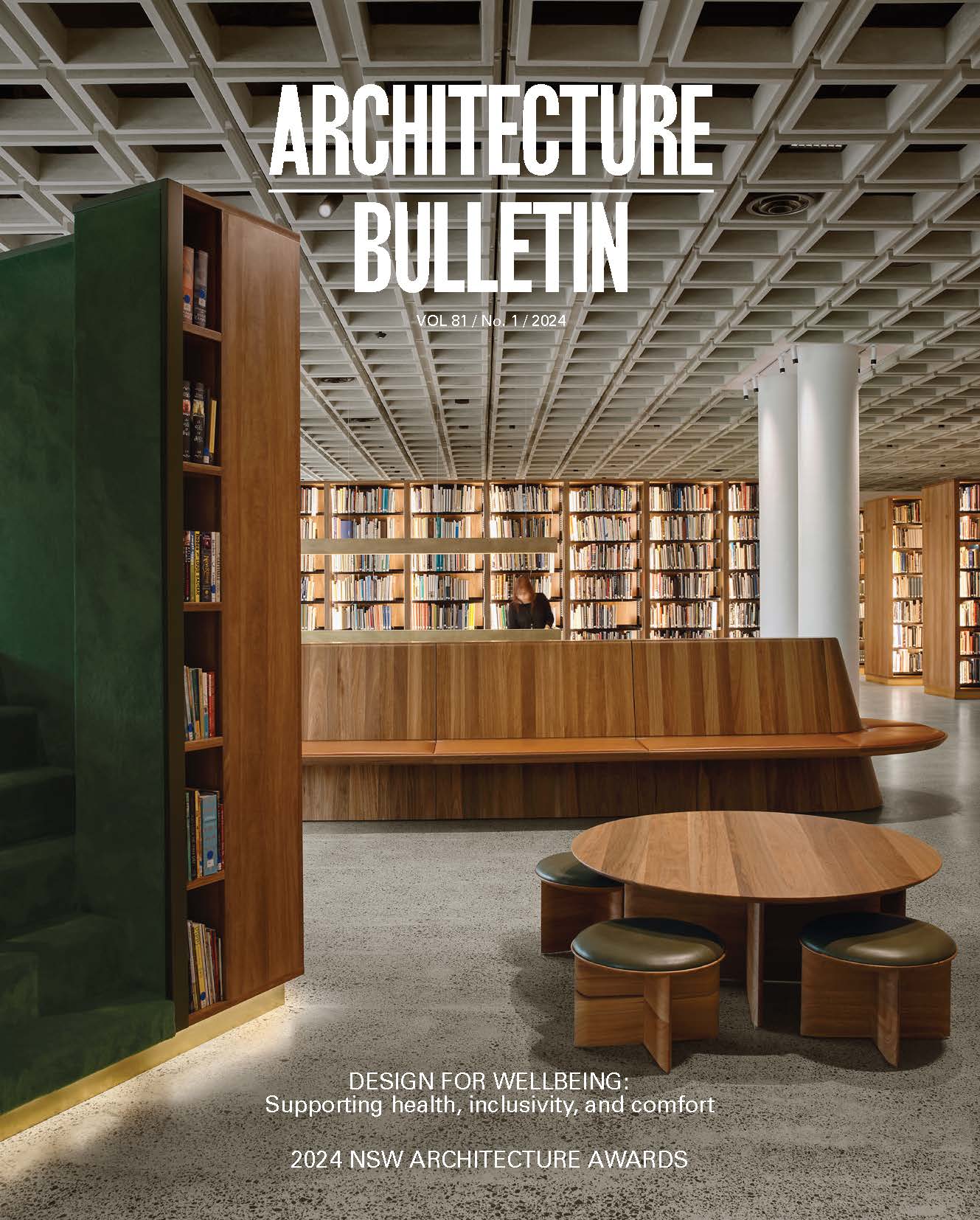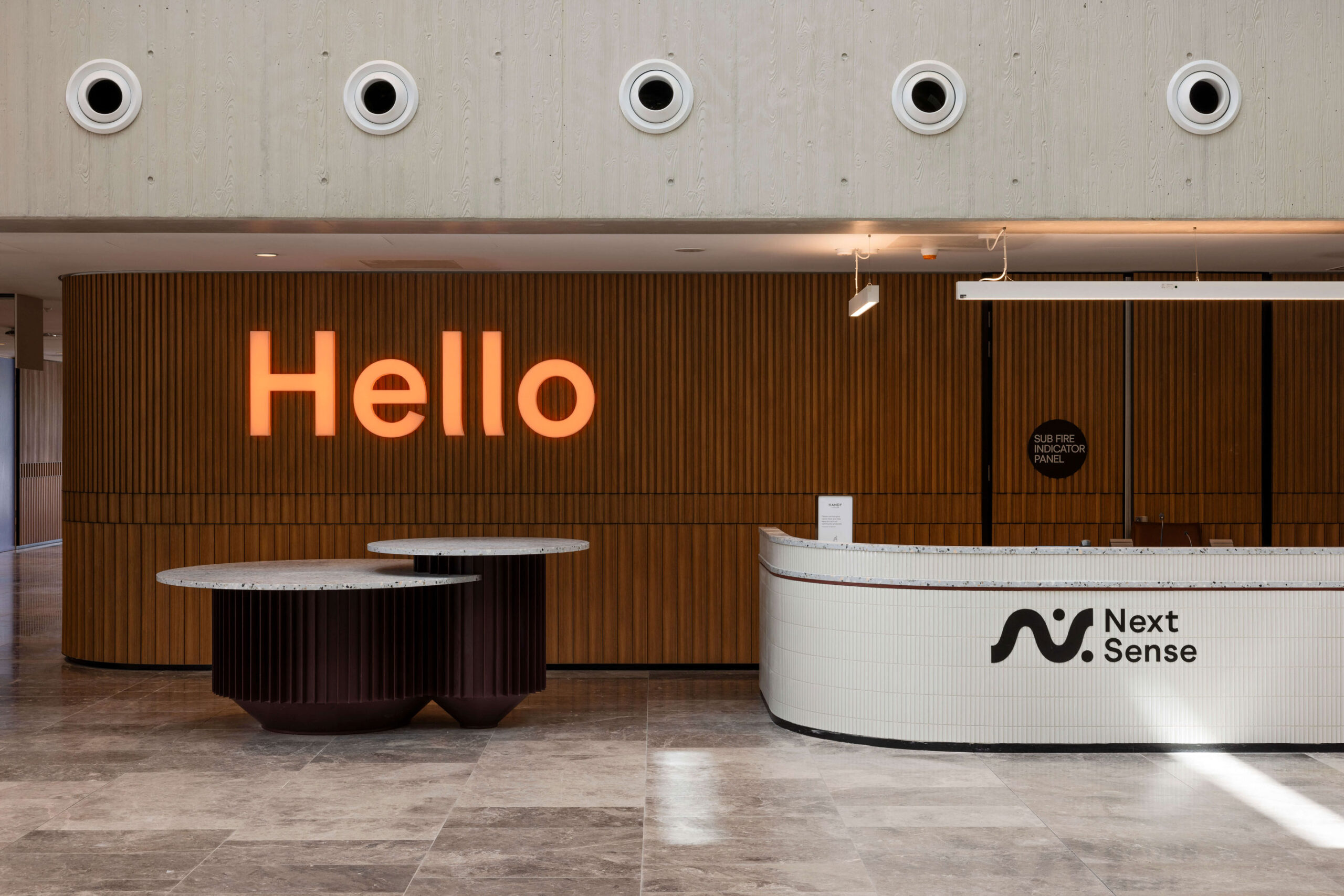Wellbeing in a crisis
Words by Caitlin Murray

“If you choose to fail us, we will never forgive you” – eleven words aimed at the neck of the world by 16-year-old Greta Thunberg via address to the UN’s 2019 Climate Action Summit in New York City.
Just three days before, an estimated 1.4 million school-aged children – Gen Z, the “us”, that Thunberg referred to – skipped school to lead millions of others on what would become the largest climate strike in history.
Five years on, Gen Z’s commitment to climate awareness defines the generation – but so too does their climate-anxiety. Now aged between 12 and 27, a good portion are stepping onto secondary and tertiary campuses worldwide – they deserve to be met by spaces that address their wellbeing in the context of the climate crisis.
Fueled with environmental distress. With their anxiety around climate change described as a “global phenomenon”, over half of Gen Z feel sad, anxious, angry, powerless, helpless, and guilty – 59% are extremely worried about climate change (84% are moderately worried) and over 45% say their feelings negatively affect their daily lives.1
Determined to be the change they need to see in the world, an increasing amount of Gen Z university students are pursuing environmentally related degrees and careers because “there’s no point in anything else.”2 These priorities require the campus to balance anxiety with activism, understanding that sustainability is as much an act of care for our kids as it is for the environment itself.

Campuses are evolving to become places that meaningfully improve behavioral health, finding ways to instill hope for the longevity of our environment, upgrading their goal from being the best in the world to being the best for the world.
Becoming a living laboratory. Repositioning campuses as dynamic, living laboratories can immerse students in opportunities for positive change. As a living laboratory, campuses become places to discover, explore, test, create, and evaluate new sustainability practices. Here, the campus acts as teacher in its own right – allowing Gen Z to begin to realise their dreams for a sustainable future.
There are many ways campuses might become a living laboratory, such as the design of hands on learning environments like bio-gardens and closed-loop systems. While others may use sustainable building materials or promote sustainability research outcomes. One example at the University of Technology Sydney (UTS) is a pop-up container developed by UTS researchers displayed at the heart of the campus. The Green Genie is 40 times more efficient than trees at removing carbon from the atmosphere.3 In any form, living laboratories create hope by taking every opportunity to showcase advancements in environmental science and sustainable futures – making them the everyday occurrence they should be.
Responsible adaptation. Because responsible campus planning provides the opportunity to speak to the environmentally conscience values of the next generation, every opportunity should be taken to retain, re-use and revitalise existing assets. Tomorrow’s campuses must be vehicles for their own sense of purpose and reflection of sustainability values. More than just adaptive re-use of existing buildings, we can minimise our carbon footprint by choosing products and manufacturers that offer take-back schemes and recycling or recovery programs, or by reducing adhesives and applied finishes. We can also consider how elements of the design might eventually be re-assembled in alternative locations or recycled in their specific material stream from a project’s beginning.
Projects like the adaptive reuse of the Forestry Building for the University of Tasmania – which incorporates a lifecycle assessment to measure its carbon impact – have been holistically designed for disassembly, embedding the methods of adaptability into the documentation package. This approach investigates how buildings can be deconstructed after a certain lifespan, working to soften a project’s environmental footprint. Action of this kind can work to alleviate Gen Z’s deeply felt anxiety around their own environmental footprint –becoming beacons of action that align with the values of their users.
Upping the voltage and sparking hope. Teenage climate activist and co-organiser of Sydney’s School Strike 4 Climate march Jean Hinchliffe describes her experience of the day like this, “The whole event carried an electricity that is difficult to describe: it’s as if we had bottled up all the anger and frustration from years of never being listened to and released it into the square, transforming it into a place of undeniable power.”4
As architects and designers, we need to create education spaces that spark and conduct this same electricity by using the principles of placemaking to reinforce progress on climate change, and give students back the hopes and dreams of their future.
Notes
1 Elizabeth Marks, Hickman, Caroline, Pihkala, Panu, Clayton, Susan, Lewandowski, Eric R., Mayall, Elouise E., Wray, Britt, Mellor, Catriona and van Susteren, Lise, “Young People’s Voices on Climate Anxiety, Government Betrayal and Moral Injury: A Global Phenomenon.” The Lancet, (2021). Accessed May 25, 2023. Available at SSRN: https://ssrn.com/abstract=3918955 or http://dx.doi.org/10.2139/ssrn.3918955, 10.
2 Evan Young “More and More Uni Students in Australia Are Choosing to Study the Environment.” Pewresearch.Org. SBS News, February 22, 2022. https://www.sbs.com.au/news/article/more-and-more-uni-students-in-australia-are-choosing-to-study-the-environment/f3ajo2d22.
3 Green Genie: Carbon Capture with the Magic of Algae, University of Technology Sydney, March 25, 2022. https://www.uts.edu.au/research-and-teaching/ partner-us/green-genie-carbon-capture-magic-algae.
4 Jean Hinchliffe, 2021 Lead the Way: How to Change the World from a Teen Activist and School Striker. 1st ed. AU: Bloomsbury.
Caitlin Murray is an accomplished senior user strategist, education strategist and architect, with a visionary approach to creating transformative experiences.




